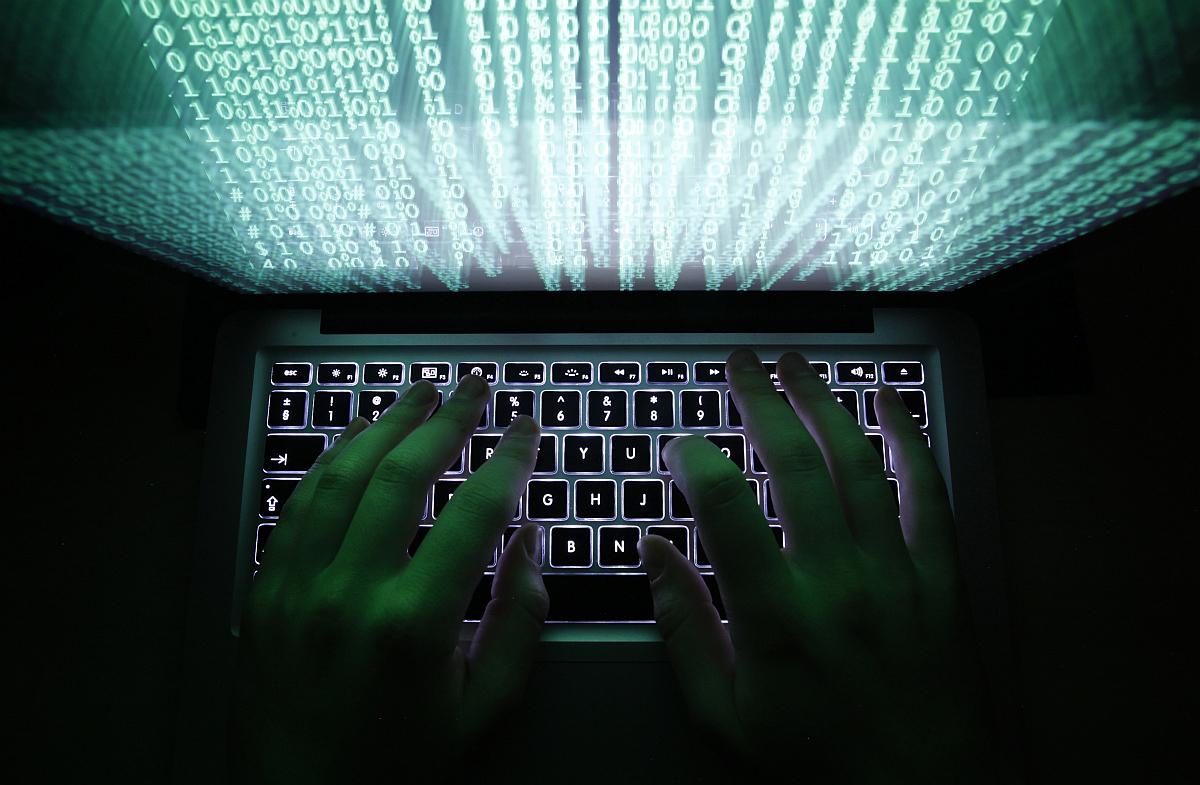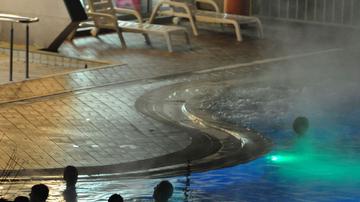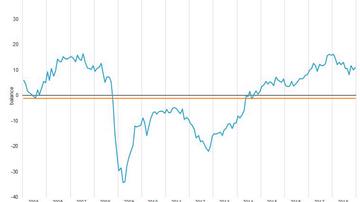
7 February is the Safer Internet Day, this year under the slogan ‘Be the change: unite for a better internet’. The intention of the day is to raise public awareness about the safe use of the Internet: how to protect computers and mobile devices, own identity and privacy on the Internet, safe and responsible usage of mobile devices, social media, etc.
Via which devices do the 16–24-year-olds access the Internet and for what purposes do they use it?
A large majority of 16–24-year-olds access the Internet via mobile or smartphone
In the first quarter of 2016, 91% of 16–24-year-olds in Slovenia accessed the Internet via a mobile or smartphone, which is the same share as in the EU-28. 71% of them accessed the Internet via portable computers (in EU-28: 68%), 49% via desktop computers (in EU-28: 51%) and 22% via tablet computers (in EU-28: 41%). 21% of them accessed the Internet via Smart TV (in EU-28: 16%) and 6% via other mobile devices, e.g. smartwatch, e-readers, etc., (in EU-28: 18%).
16–24-year-olds use the Internet for various activities. In the first quarter of 2016, 78% of them participated in social media in Slovenia (in EU-28: 85%), 68% were listening to music via the Internet, e.g. via web radio, music streaming (in EU-28: 78%), 58% telephoned or made video calls via webcam over the Internet (in EU-28: 52%), 52% uploaded self-created photos, videos, texts on the Internet (in EU-28: 49%), 46% used storage space on the Internet to save data on the Internet – in the cloud (in EU-28: 42%), 41% used the Internet for educational purposes (the same as EU-28 average) and 12% created websites or blogs (in EU-28: 8%).
While conducting various activities over the Internet they provided different data.
Contact details, the most frequently provided information over the Internet
According to the data of the first quarter of 2016, in Slovenia 97% of 16–24-year-olds used the Internet in the last 12 months (in EU-28: 97%). These persons most frequently provided over the Internet in the period of 12 months their contact details (68%), e.g. e-mail address, home address, phone number, etc. (in EU-28: 63%); 56% of them provided personal details, e.g. name, date of birth, identity card number (in EU-28: 57%), 25% provided their photo, current location, information related health, employment status (in EU-28: 35%) and 24% credit or debit card number, bank account number, etc. (in EU-28: 37%). Over a quarter (26%) did not provide any personal information over the Internet (in EU-28: 22%).
We can manage access to personal information on the Internet in different ways. 16–24-year-olds most often limited access to their profile or content on social networking sites in the last 12 months; 62% (in EU-28: 56%).
Activities to manage access to personal information on the Internet, carried by 16–24-year-olds in the period of 12 months, Slovenia and EU-28, 2016.
Almost one tenth of 16–24-year-olds experienced infection with computer viruses resulting in loss of information or time
Despite many advantages, we expose ourselves to risks when using the Internet. In Slovenia 9% of 16–24-year-olds (around 15,920 persons) caught a computer virus infection that resulted in loss of data or time and 3% (around 5,862 persons) experienced abuse of personal information provided over the Internet or other privacy violations, e.g. abuse of pictures, videos, etc.
In the period of 12 months security concerns limited or kept 31% of 16–24-years-olds from providing personal information to online communities for social or professional networking, 21% from ordering or buying goods or services via the Internet, 16% from downloading software, music video files, games or other data files and 13% from carrying e-banking activities such as account management.
Gregor Zupan, Statistical Office of the Republic of Slovenia

































































